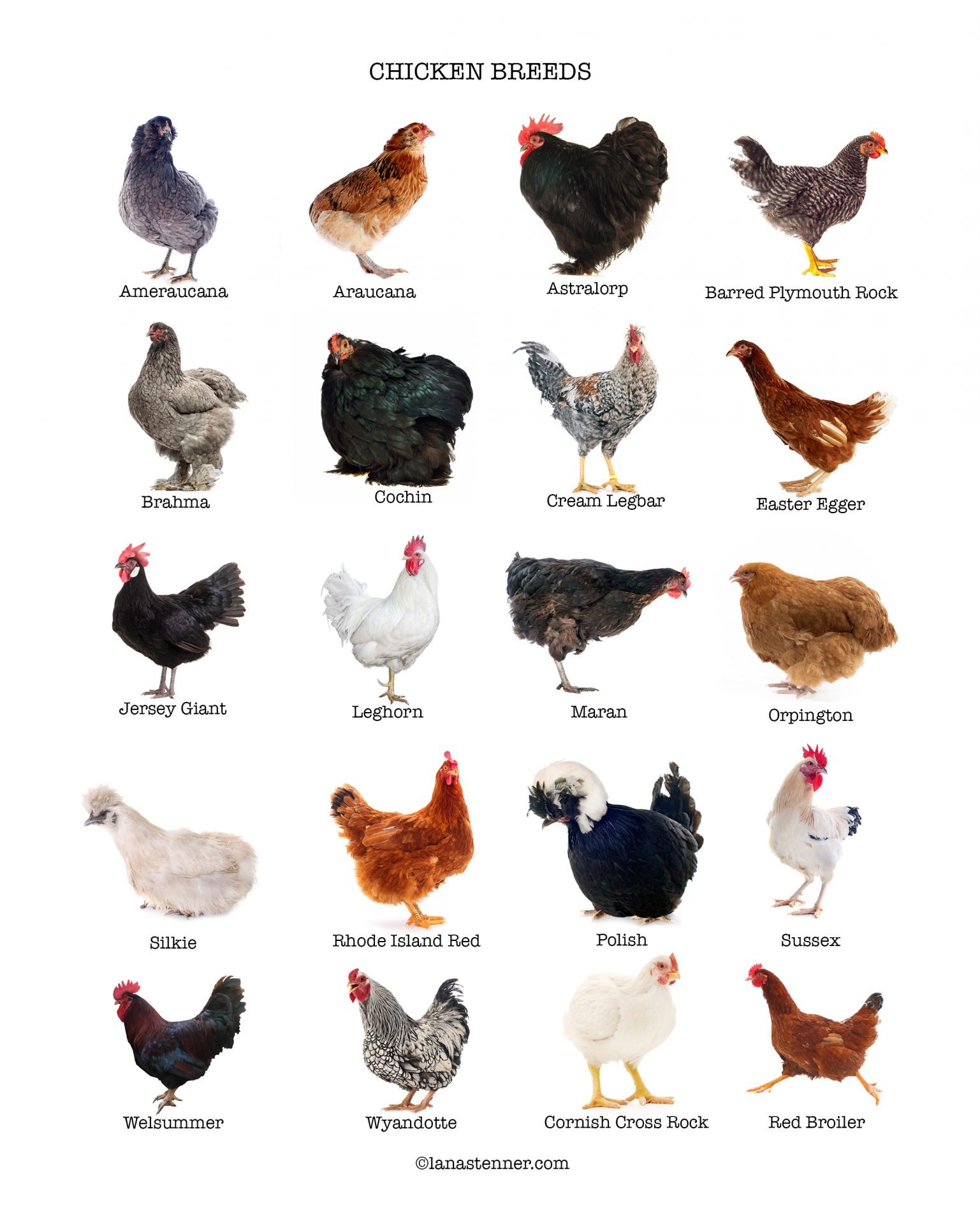If you’re looking to spice up your chicken husbandry with a colorful twist, Easter egg chicken breeds are the perfect choice. Not only are they beautiful to look at, but they lay eggs with a unique mix of colors and patterns. Easter egg chickens have a unique genetic makeup that gives them their unique look, and they can add a splash of color to any chicken coop. Learn more about the mystery of Easter egg chicken breeds and how you can bring them into your flock.
History of Easter Egg Chicken Breeds
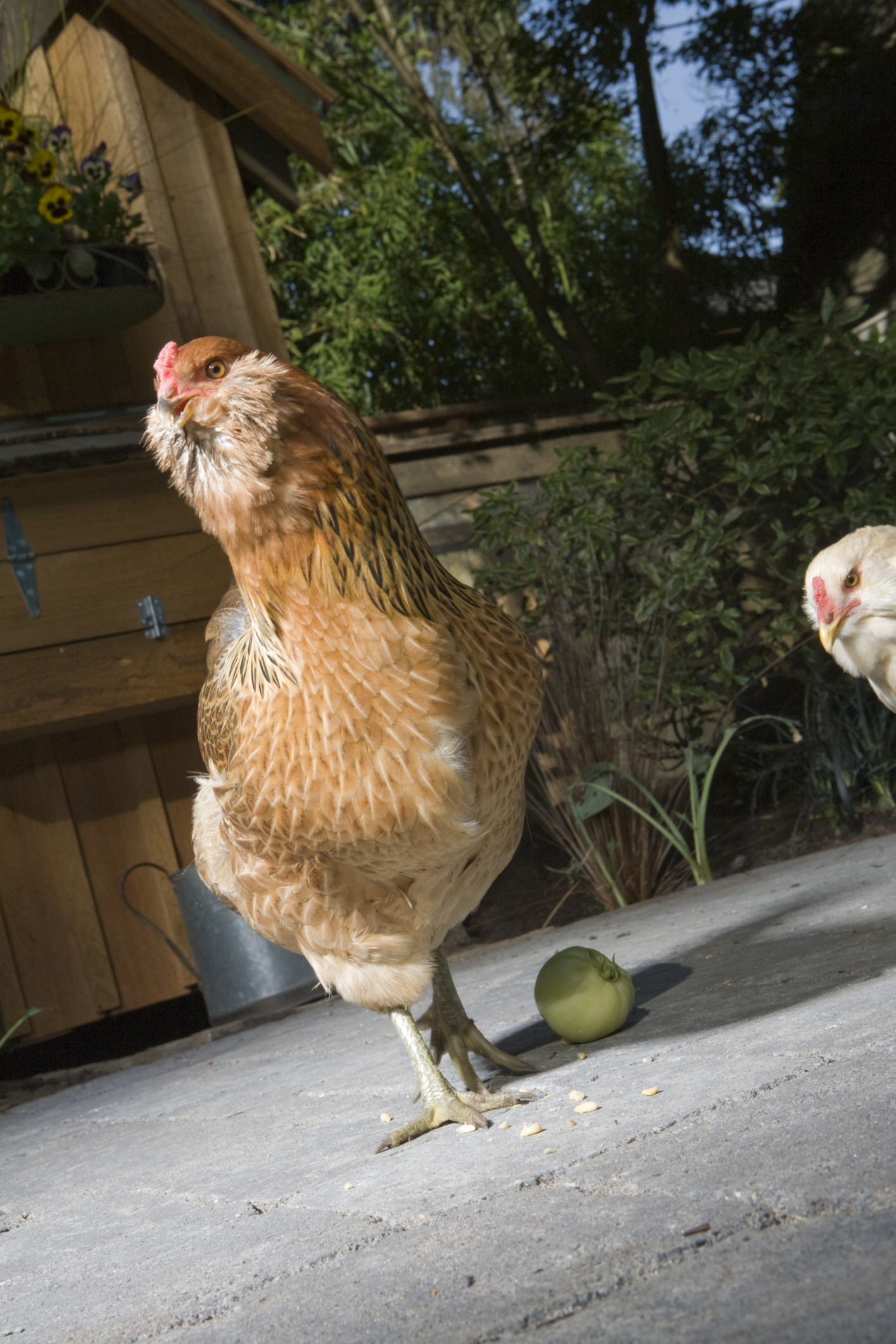
Easter egg chicken breeds have been around for hundreds of years, but it wasn’t until the 1950s that they became popular. The original Easter egg chicken breed was created by crossing a blue-egg laying chicken and a brown-egg laying chicken. This resulted in a chicken that laid eggs with a pastel-colored shell. The eggs were so unique they were given the name “Easter eggs”.
Since then, many other Easter egg chicken breeds have been developed, including Ameraucana, Araucana, and Olive Egger. Each of these breeds produces eggs with different colors and patterns.
The Ameraucana breed lays eggs with a light blue or green shell. These chickens are known for their friendly personalities and are a popular choice for backyard flocks.
The Araucana breed lays eggs with a light blue-green shell. These chickens are known for their hardiness and are a great choice for those looking for a cold-hardy breed.
The Olive Egger breed lays eggs with a greenish-brown shell. These chickens are known for their egg-laying ability and are a great choice for those looking for a reliable egg producer.
No matter which breed of Easter egg chicken you choose, you’re sure to have a unique and beautiful addition to your flock. With the right care and nutrition, these chickens can lay eggs with a wide range of colors, from deep blue to light green.
| Easter Egg Chicken Breeds | Easter Egger Chicken Egg Color |
|---|---|
| Ameraucana | Light Blue or Green |
| Araucana | Light Blue-Green |
| Olive Egger | Greenish-Brown |
Characteristics of Easter Egg Chicken Breeds
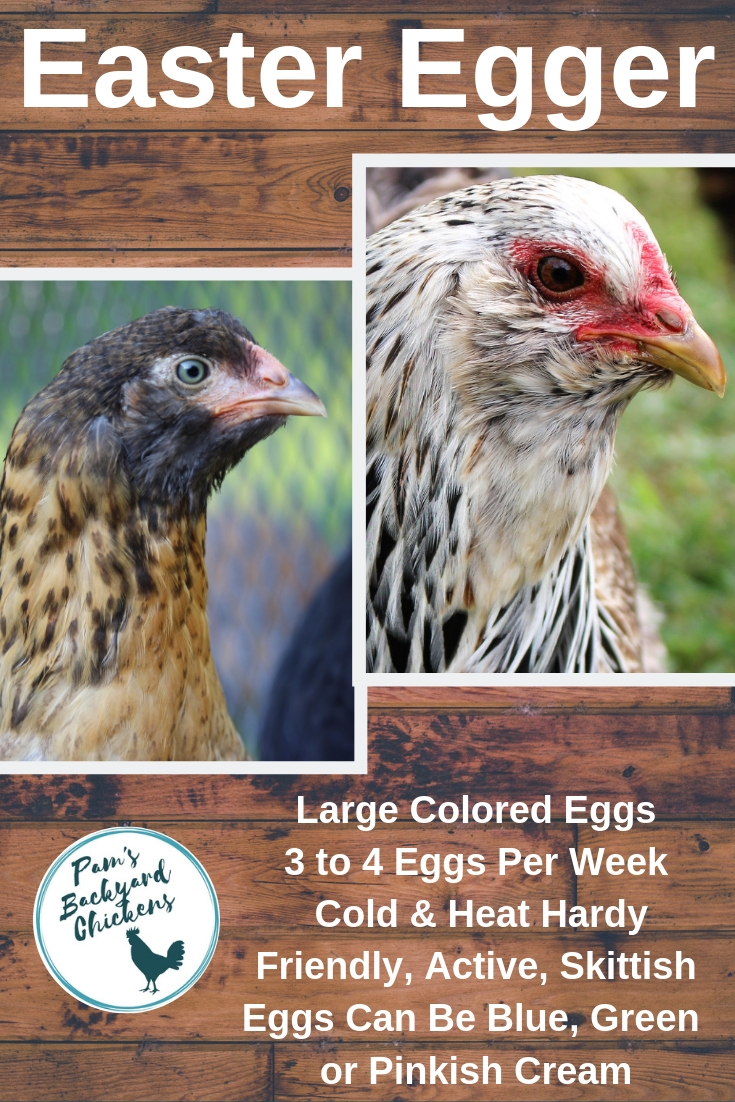
| Breed | Size | Egg Color | Egg Laying Capacity | Tendency To Go Broody |
|---|---|---|---|---|
| Ameraucana | Medium | Blue | 150-200 eggs/year | Low |
| Aracuana | Small | Green | 100-150 eggs/year | High |
| Cream Legbar | Medium | Blue | 200-250 eggs/year | Low |
| Favaucana | Small | Green and blue | 150-180 eggs/year | Low |
| Easter Egger | Medium | Various colors | 200-250 eggs/year | Low |
Easter egg chicken breeds come in a variety of sizes, egg colors and egg laying capacities. The Ameraucana is a medium-sized chicken with blue eggs and a low tendency to go broody, laying 150-200 eggs per year. The Araucana is a small-sized chicken with green eggs and a high tendency to go broody, laying 100-150 eggs per year. The Cream Legbar is a medium-sized chicken with blue eggs and a low tendency to go broody, laying 200-250 eggs per year. The Favaucana is a small-sized chicken with green and blue eggs and a low tendency to go broody, laying 150-180 eggs per year. The Easter Egger is a medium-sized chicken with various colors of eggs and a low tendency to go broody, laying 200-250 eggs per year.
Health and Care of Easter Egg Chicken Breeds
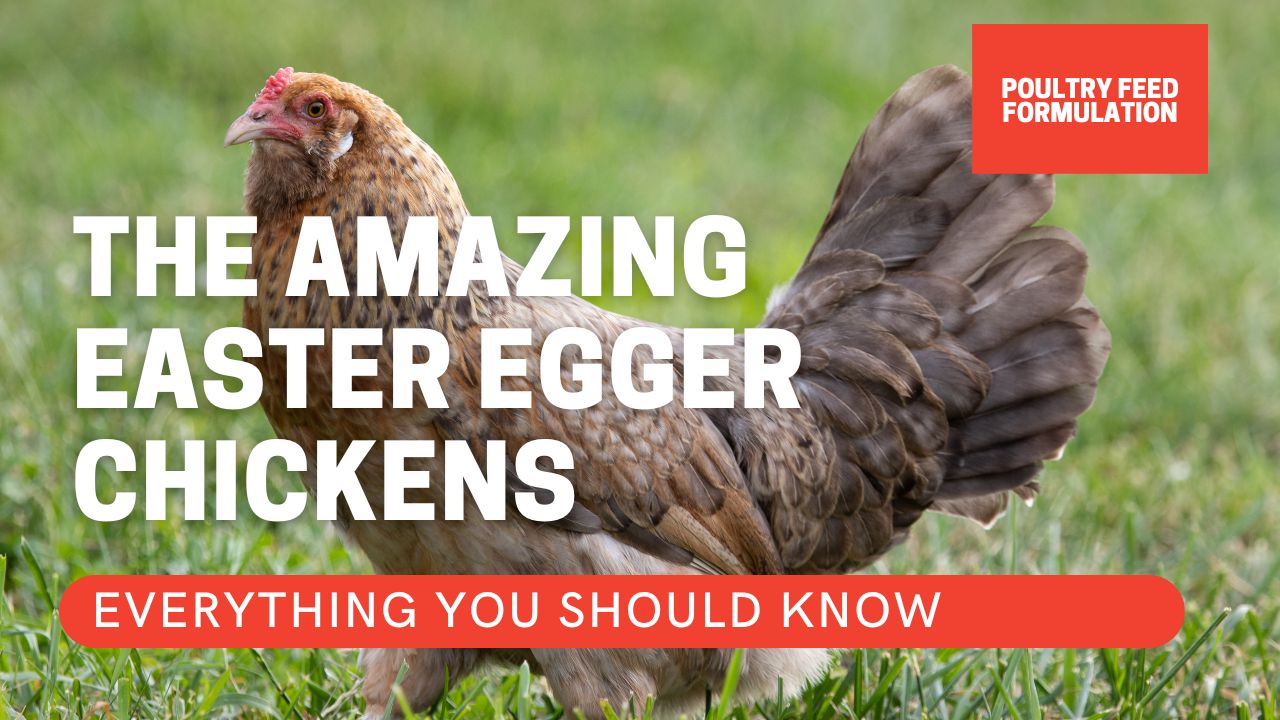
Feeding: Appropriate feed for Easter Egg chickens should contain all the essential nutrients. It is important to provide a balanced diet consisting of proteins, carbohydrates, fat, vitamins, minerals and water. Feed can be supplemented with fruits and vegetables such as lettuce, cucumbers, apples, and pumpkins.
Housing: A secure and comfortable housing is essential for the health and well-being of Easter Egg chickens. Housing should provide adequate space for chickens to move around and spread their wings. It should also be well-ventilated and free of drafts.
Health Care: Regular checkups and vaccinations are important for the health of Easter Egg chickens. Vaccinations should be given as per the recommended schedule to protect against common diseases and illnesses.
Grooming:
- Trimming of nails and beak
- Checking for external parasites
- Checking for signs of disease and illness
- Regular brushing of feathers
Exercise: Easter Egg chickens should be provided with plenty of exercise and outdoor access to ensure their physical and mental well-being. They should be given the opportunity to forage, scratch, and roam around in the safety of their enclosure.
Socialization: Socialization is important for the health and well-being of Easter Egg chickens. They should be allowed to interact with other chickens and humans in order to prevent shyness and aggression.
Egg Color in Easter Egger Chicken

Easter Egger chickens are a hybrid breed, combining different colors and types of chickens. They lay eggs in a variety of colors, including shades of green, blue, pink, and brown. The eggs are usually medium-sized, although some Easter Egger hens may lay very large eggs. These chickens are known for their hardiness, and they make good egg layers. They can tolerate colder temperatures better than some other breeds, and their egg production is generally quite good. Easter Egger chickens are great for small-scale chicken husbandry, as they are easy to care for and can provide an ample supply of eggs.
Colors of Easter Egger Chicken Eggs
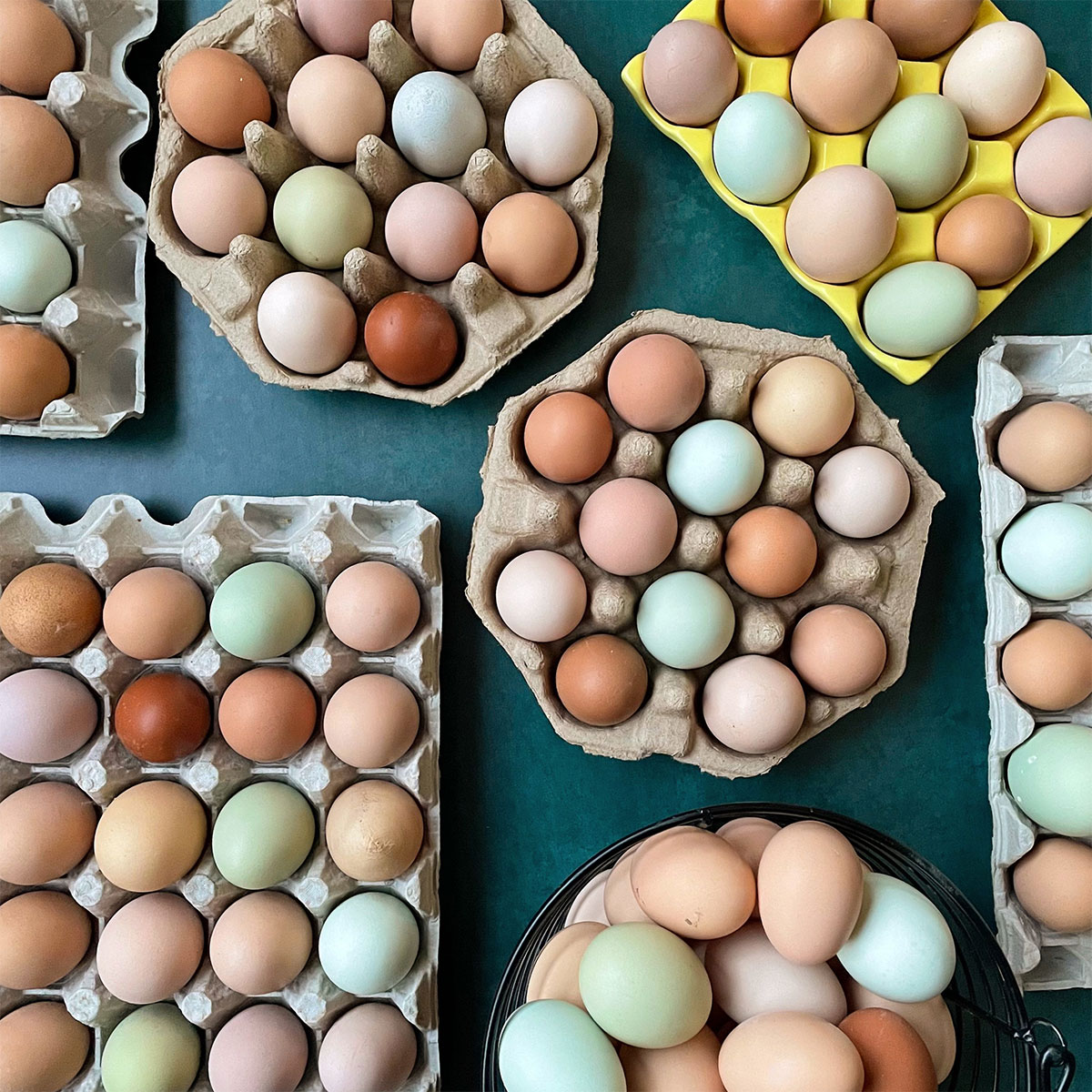
Easter Eggers are a hybrid chicken breed that lay colorful eggs. These chickens are a cross between a dark brown egg layer and a blue or green egg layer. They produce eggs in shades of green, blue, pink, and brown.
- Easter Eggers lay multi-colored eggs ranging from light blue to olive green.
- Their eggs are often speckled with different shades of color.
- The color of the eggshells is determined by the breed of chicken laying them.
- The Easter Egger is a hybrid chicken breed and is not recognized by the American Poultry Association.
- Easter Eggers are hardy birds and can lay up to 200 eggs per year.
- They are friendly and make good pets for those looking for a unique pet chicken.
These hens are a great choice for those wanting to add colorful eggs to their egg cartons. They are friendly, hardy birds that can lay up to 200 eggs per year. They make a great addition to any chicken coop and bring a unique splash of color to the daily egg collection.
Benefits of Easter Egger Chicken Eggs
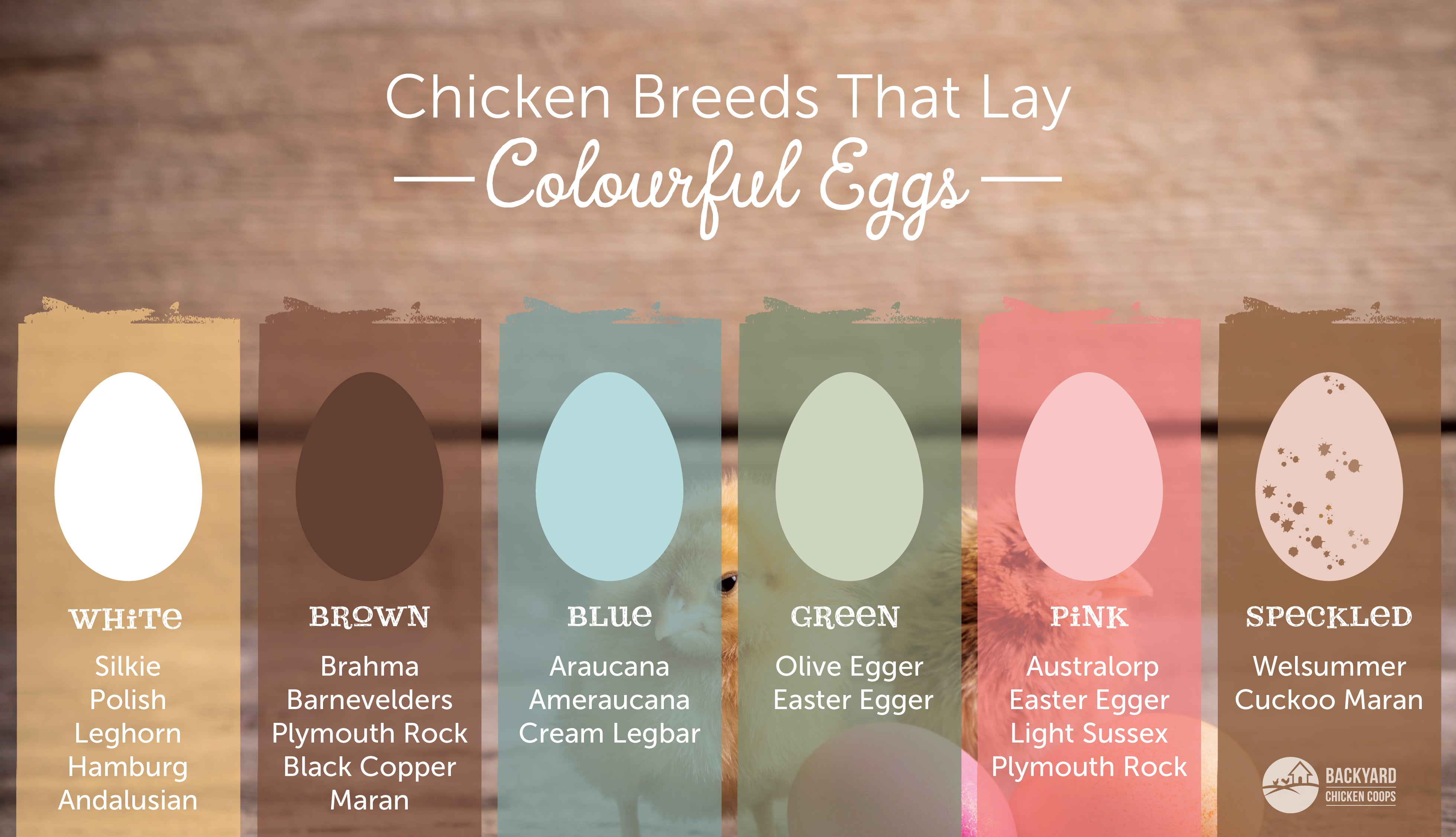
Easter Egger chickens are unique in that they lay eggs in an array of colors, ranging from blue to green, pink, and even brown. This makes them a great choice for anyone who wants to have an interesting egg basket to collect. In addition to the colorful eggs, Easter Eggers also produce a good number of eggs per year and have a good feed-to-egg ratio, making them a great choice for those who are looking to increase their egg production.
Moreover, Easter Egger eggs have a higher nutritional value due to their diverse range in color. The various colors are caused by the presence of pigments such as carotenoids, which are known to be beneficial for the body. The eggs are also known to contain a good amount of protein and healthy fats, making them a great choice for those looking to increase their protein intake.
Finally, Easter Eggers tend to be hardier than other chicken breeds, making them a great choice for those who want a chicken breed that is easier to care for. They are also known to be friendly and gentle, making them an ideal pet for those with children.
All in all, Easter Eggers are an excellent choice for those who want a variety of colored eggs and a hardy, friendly breed of chickens.
Pros and Cons of Easter Egger Chicken Breeds
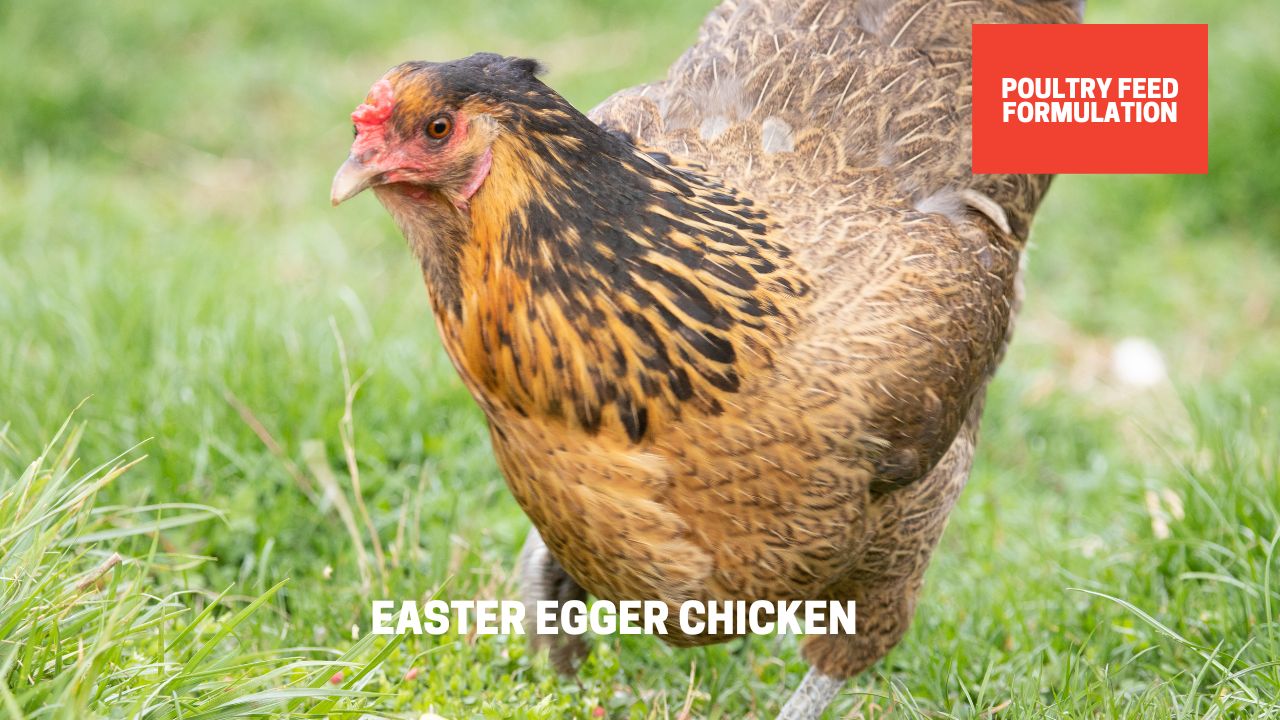
| Pros | Cons |
|---|---|
| • Hardy and long-lived • Active foragers • Great egg producers • Adaptable to many climates • Fun, unique colors and patterns • Can be kept in small or large flocks • Friendly and sociable |
• Low egg production during cold winter months • Can be more susceptible to certain illnesses • May not be accepted in some shows or competitions • Can be more aggressive than other breeds • Can be difficult to identify and classify |
Easter Egger chickens are a fun and interesting breed of chicken that have gained popularity in recent years. They are hardy and active birds that are great foragers and are known for their unique colors and patterns. They are also great egg producers, making them an ideal choice for chicken husbandry. However, there are a few drawbacks to owning Easter Egger chickens, and it’s important to be aware of them before you decide to add them to your flock.
Choosing the Right Easter Egger Chicken for Your Husbandry
- Breed: Easter Egger chickens are a hybrid breed and don’t conform to a specific set of characteristics or standards. They are usually a combination of Ameraucana, Ameraucana, and/or Araucana genes.
- Size: Generally, Easter Egger chickens are medium-sized and weigh between 4-7 lbs when fully grown.
- Egg Color: One of the most notable characteristics of the Easter Egger chicken is its egg color. Easter Egger chickens lay eggs with a wide range of colors, from blue to green, pink, brown, and even speckled.
- Personality: Easter Egger chickens are usually friendly and sociable, making them a great choice for raising in a backyard flock. They tend to get along well with other chickens and are relatively easy to handle.
- Hardiness: Easter Egger chickens are relatively hardy and can withstand cold temperatures better than some other breeds. They also tend to be more resistant to common poultry diseases.
Frequently Asked Questions
What qualities should I look for when selecting a breed of Easter Egg Chickens?
When selecting an Easter Egg Chicken breed, consider the bird’s hardiness in cold temperatures, egg-laying potential, broodiness, and size. Look for breeds that have a reputation for being winter-hardy and can lay a large number of eggs. A good choice would be a dual-purpose breed, meaning it both produces eggs and can be used for meat. Avoid birds that are too small for your intended use, as well as those that are too large. Also, look for breeds that are considered to be docile and friendly, as these will be easier to handle and manage. Finally, ensure that the breed you select is well suited to your local climate and environment.
What is the Best Way to Care for Easter Egg Chickens?
Feeding:
It is important to provide a balanced diet for your Easter Egg Chickens. Feed them a quality layer feed, as well as fresh fruits and vegetables, mealworms, and greens.
Housing:
Easter Egg Chickens should have a secure and comfortable housing. Make sure the housing is well-ventilated and has enough space for them to move around.
Exercise:
Provide plenty of space for your Easter Egg Chickens to roam and exercise. Allow them access to a run or free-range area where they can scratch and forage for insects and worms.
Health Care:
Regularly check your Easter Egg Chickens for signs of illness and take preventive measures to keep them healthy. Vaccinate them against common diseases and stay up-to-date on parasite control.
Grooming:
Keep your Easter Egg Chickens clean and well-groomed by brushing them regularly and trimming their beaks and nails.
Socializing:
Provide your Easter Egg Chickens with companionship and interaction. They enjoy being around humans and other chickens, so make sure to spend time with them.
Are there any special considerations for feeding or housing Easter Egg Chickens?
Easter Egg Chickens require housing that is dry, draft-free, and predator-proof. Feeding a diet of quality layer mash, supplemented with fresh greens and occasional treats, is recommended. Additionally, they benefit from access to natural sunlight and fresh air. It is also important to ensure they have access to clean, fresh water at all times. To ensure optimal health, it is important to check the chickens for signs of illness regularly and administer any necessary medications or supplements.
How Much Space Do Easter Egg Chickens Need?
Easter Egg Chickens require more space than other poultry, as they are active and social birds. They require an outdoor enclosure of at least 10 square feet per bird, with enough space for foraging and plenty of shade and protection from the elements. Additionally, these birds need an indoor coop that is at least 4 square feet per bird, with access to the outdoors.
What is the expected lifespan of Easter Egg Chickens?
Easter Egg Chickens have a relatively long lifespan for a chicken, typically ranging from 8-12 years. However, there are a few factors that can affect their lifespan, such as diet, housing, and genetic predisposition.
- Diet: Proper nutrition is essential for any animal, and chickens are no exception. Feeding your chickens a balanced diet of high-quality feed and supplements can help ensure they stay healthy and live a full life.
- Housing: Providing your chickens with clean, comfortable housing is key to keeping them healthy. A coop should be well-ventilated and free of drafts, while the floor should be covered with a layer of clean material such as straw or wood shavings.
- Genetic Predisposition: Some breeds of chickens are more prone to health problems than others, and this can affect their lifespan. It is important to research the breed of chicken you are planning to raise before you make your final decision.
Overall, with proper care and nutrition, Easter Egg Chickens can live a long and healthy life.
Conclusion
Easter egg chickens can bring great joy to your chicken husbandry, with their fun egg colors and personality. With a little research, you can find the right breed for your specific needs and enjoy their unique beauty. With careful planning and attention to their needs, you can create a flock of happy and healthy Easter egg chickens.
